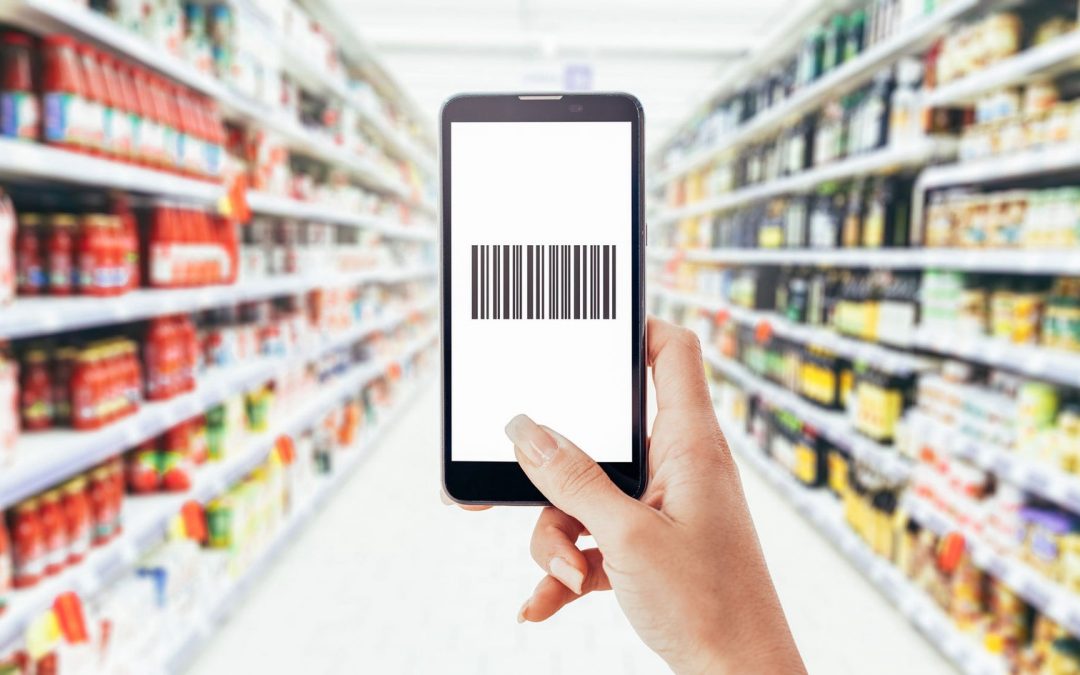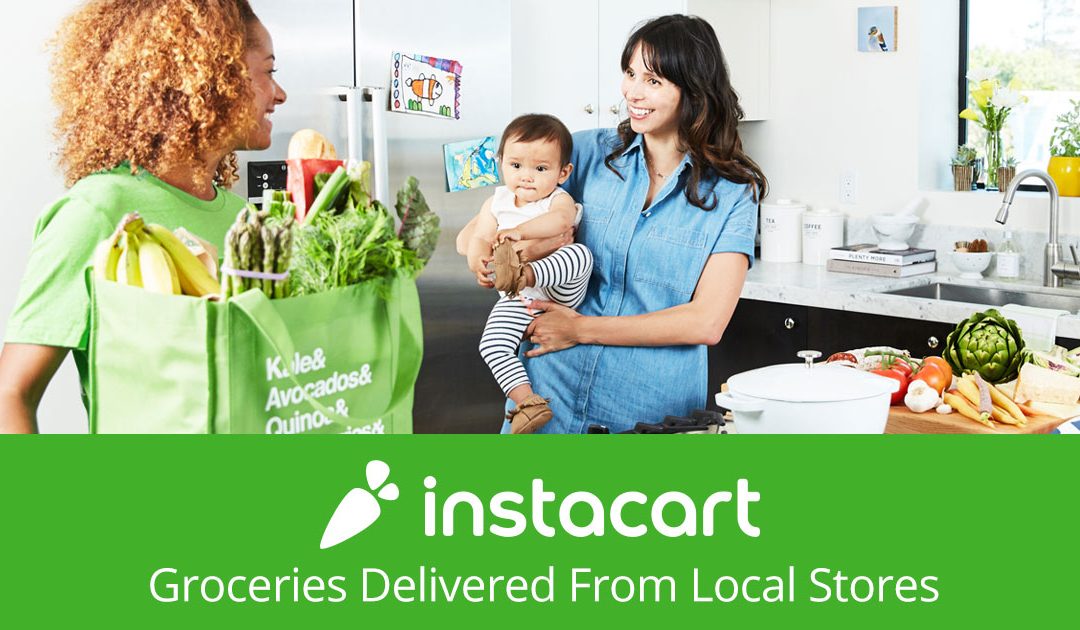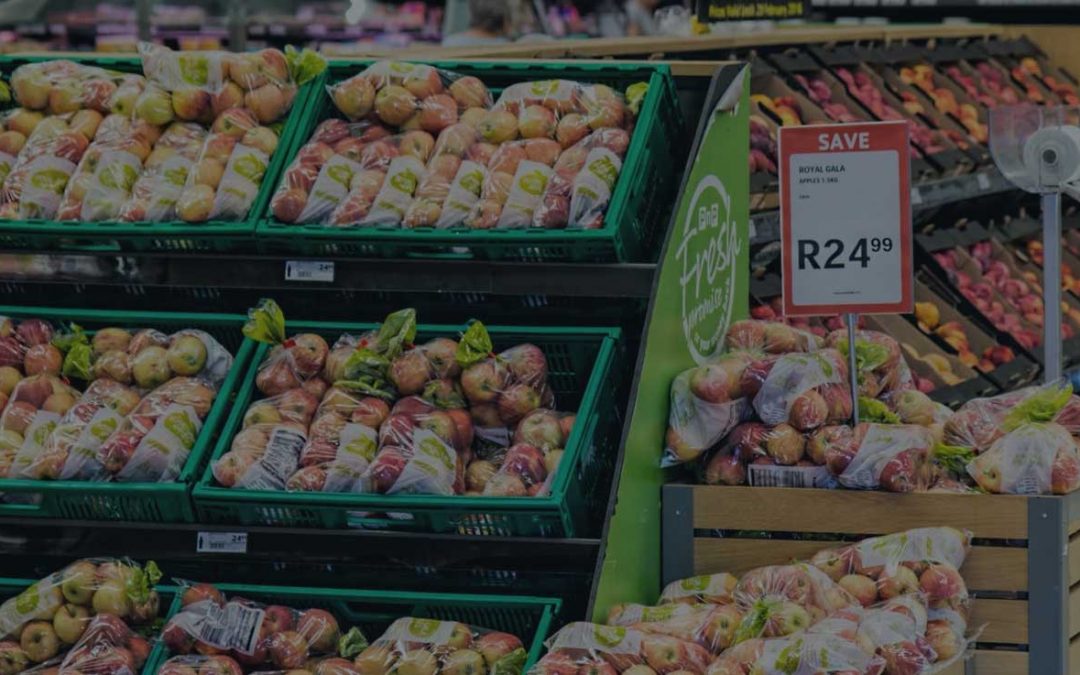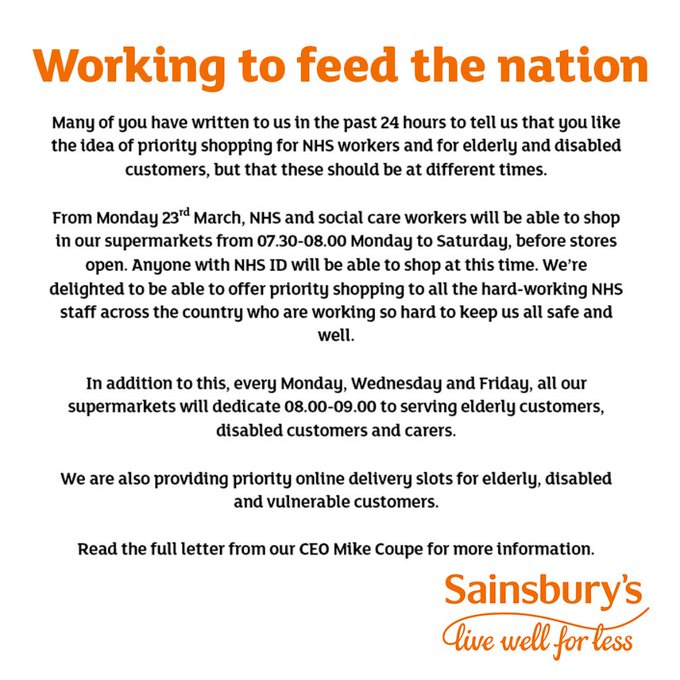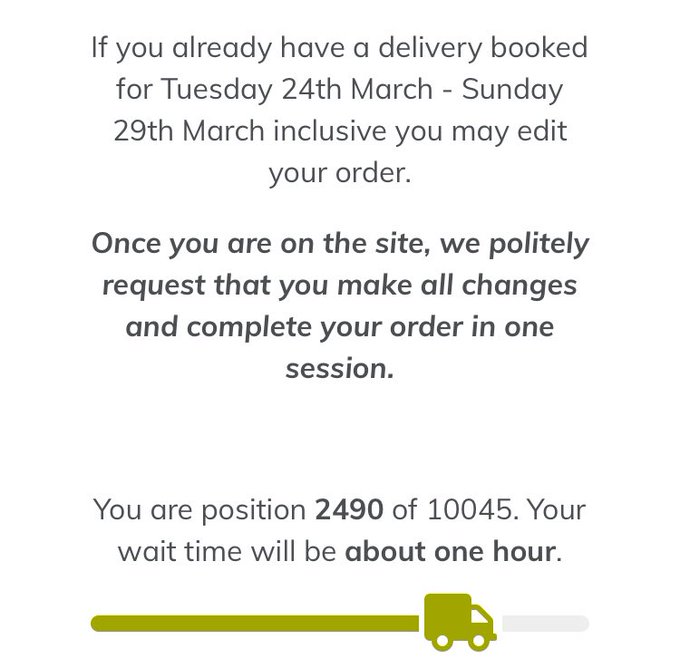What’s covered in this post?
Online grocery shopping is catching up with consumers rapidly. According to a Nielson study, in developed countries like US, UK, Japan, etc., about one-fourth online shoppers are already shopping groceries on the internet and 55% are willing to do it in the near future.
To cater to this growing customer base, online grocers are also increasing at a 3x rate year-over-year. And the whole sector is growing at an impressive annual rate of 13% (even the booming online travel industry is at 9.5%).
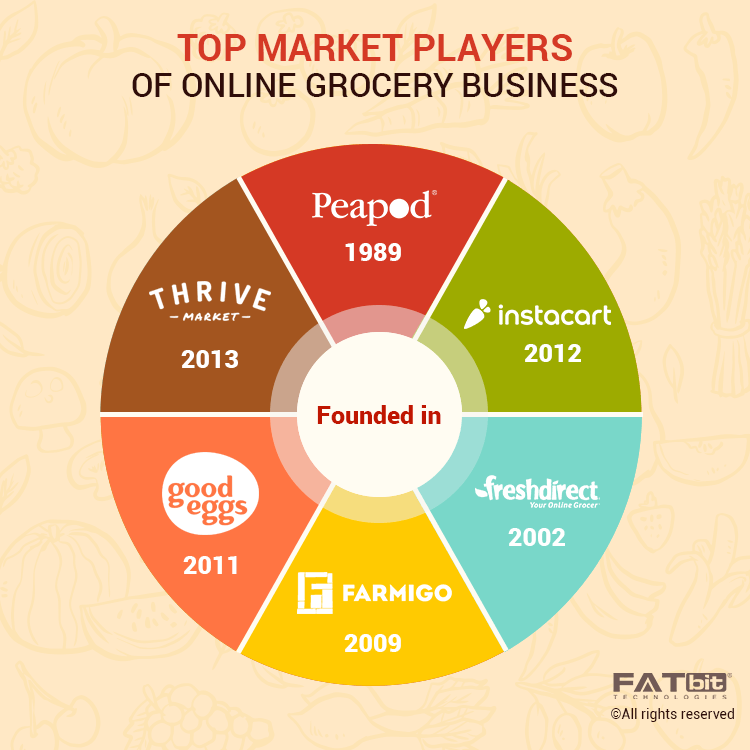
Online Grocery Business in the US, UK, and Canada
We analyzed the current state of the online grocery supermarket business across various countries and provide historical background to identify key grocery industry trends.
Ecommerce Grocery Business in the US is Just Getting Started
To gain insight into the current and future state of the online grocery business in the US, we scrutinized both incumbent companies and innovative newcomers.
According to eMarketer, a subscription-based market research company, the US grocery ecommerce is the fastest-growing product category online.
The online grocery delivery industry in the US is currently lying around $20-$25 billion. By 2021, this number will reach $38.16 billion.
Coronavirus (COVID-19) Effects on Grocery Business in the United States
Faced with a global pandemic unprecedented in modern times, the online grocery shopping in the US is exploding. As Americans prepare for potential quarantine conditions, items such as bread, salty snacks, frozen dinner have been in high demand.
Major grocery chains in the US such as Walmart, Kroger, and Stater Bros are working 24-hours a day. According to Apptopia, grocery delivery apps have begun seeing record numbers of daily downloads. Instacart, Walmart Grocery, and Shipt have seen their daily downloads surge by 218%, 160%, and 124%, respectively.
How the US grocery business is dealing with COVID-19?
- WholeFoods, Waitrose, and Sainsbury’s have designated the first hour after opening for elderly and vulnerable customers.
- Grocers in the US are providing adequate cleaning supplies and hand sanitizer for workers to wash their hands.
- Several grocery delivery services in the US have promoted the fact they would add a “contactless” delivery option.
How to win over the US grocery customers? (Online Grocery Shopping Habits in the US)
To lure the young, affluent, and urban US households, you have to work on 3 major things:
- Seamless Customer Experience on your online grocery marketplace.
- Eliminating the logistics and supply chain hurdles.
- Entice Millennials
Online Grocery Business in the United Kingdom (UK)
Online grocery shopping in the United Kingdom is the fastest-growing purchase channel. According to Statista, the UK will become the second-largest grocery market after China in 2020. No doubt, when we talk about edible grocery sales, the online grocery supermarket business in the UK has changed a lot because of Asda, Ocado, and Tesco. But yes, there is a huge scope of new online grocery websites in the country.
Coronavirus (COVID-19) Effects on Grocery Business in the UK
With all the major grocers’ online delivery slots booked up weeks in advance, the online grocery business in the UK is all set to touch the new high. As an impact of coronavirus on the grocery business, shelves have been stripped bare and many retailers are rolling out special hours for old or vulnerable people.
How the UK grocery business is dealing with COVID-19?
- Because of higher demand, online shopping delivery service Ocado has suspended its online food delivery service.
- Tesco, Sainsbury’s and Asda will not let a shopper buy more than three of any particular items.
- Tesco is all set to appoint 8,000 new drivers to help with grocery deliveries.
How to win over the UK grocery customers? (Online Grocery Shopping Habits in the UK)
Attentive service and friendly interaction play a major role throughout the entire ecommerce grocery experience. Also,
- Overall low Grocery Bills
- Easy to Navigate eCommerce grocery website
- Better Loyalty Scheme
Ecommerce Grocery Business in Canada
In the emerging eCommerce horizon, Canadians want their groceries to be delivered directly to their homes. Currently, they are spending around $6.4 billion per year on online grocery shopping.
Coronavirus (COVID-19) Effects on Grocery Business in Canada
Grocery delivery services in Canada are seeing a surge in demand due to coronavirus. For a smooth delivery process, retailers are engaging with vendors to make sure that their supply chain will not create any problem. Further, they are apportioning the number of each food item customers can buy. But, of course, regardless of this, panic-buying is happening.
How the Canadian grocery business is dealing with COVID-19?
- Toronto grocery stores can now accept the 24-hour deliveries to keep shelves stocked.
- Many Canadian Grocers are offering seniors-only shopping hours to ensure that they get access to all the necessary grocery items.
- Fresh City Farms reported that online grocery business has tripled or quadrupled and the company has hired more than 12 restaurant workers to increase the production of their home-made products.
How to win over the Canadian grocery customers? (Ecommerce Grocery Shopping Habits in Canada)
By analyzing the Canadians shopper journey and working aggressively at every step of their purchase journey is the key step in winning them over.
- Free Shipping
- Organic Grocery products
- Seamless Customer Experience
In this post, we will do a critical analysis of online grocery business and cover its important aspects in the following order –supermarket business model & possible revenue models, critical website features, challenges & solutions.
Also Read: A Guide For Canadian Entrepreneurs To Start An Online Grocery Business
Looking for an eCommerce grocery solution to quickly launch your online grocery marketplace
Online Grocery Business Model
Assuming you know the basics, (which are – an online marketplace/store to sell groceries and deliver them at customers’ doorsteps) the critical aspects of an online grocery business are:
a) Tie-ups with local grocery producers/whole sellers (given you are not one yourself), and
b) Establishment of a robust delivery network to make sure orders reach customers in a timely manner
As for how this business makes you money, usually, a commission is cut by marketplace owners on each order, before transferring the payment to the grocery seller; or if you are the seller yourself, then through service charges for delivery & convenience.
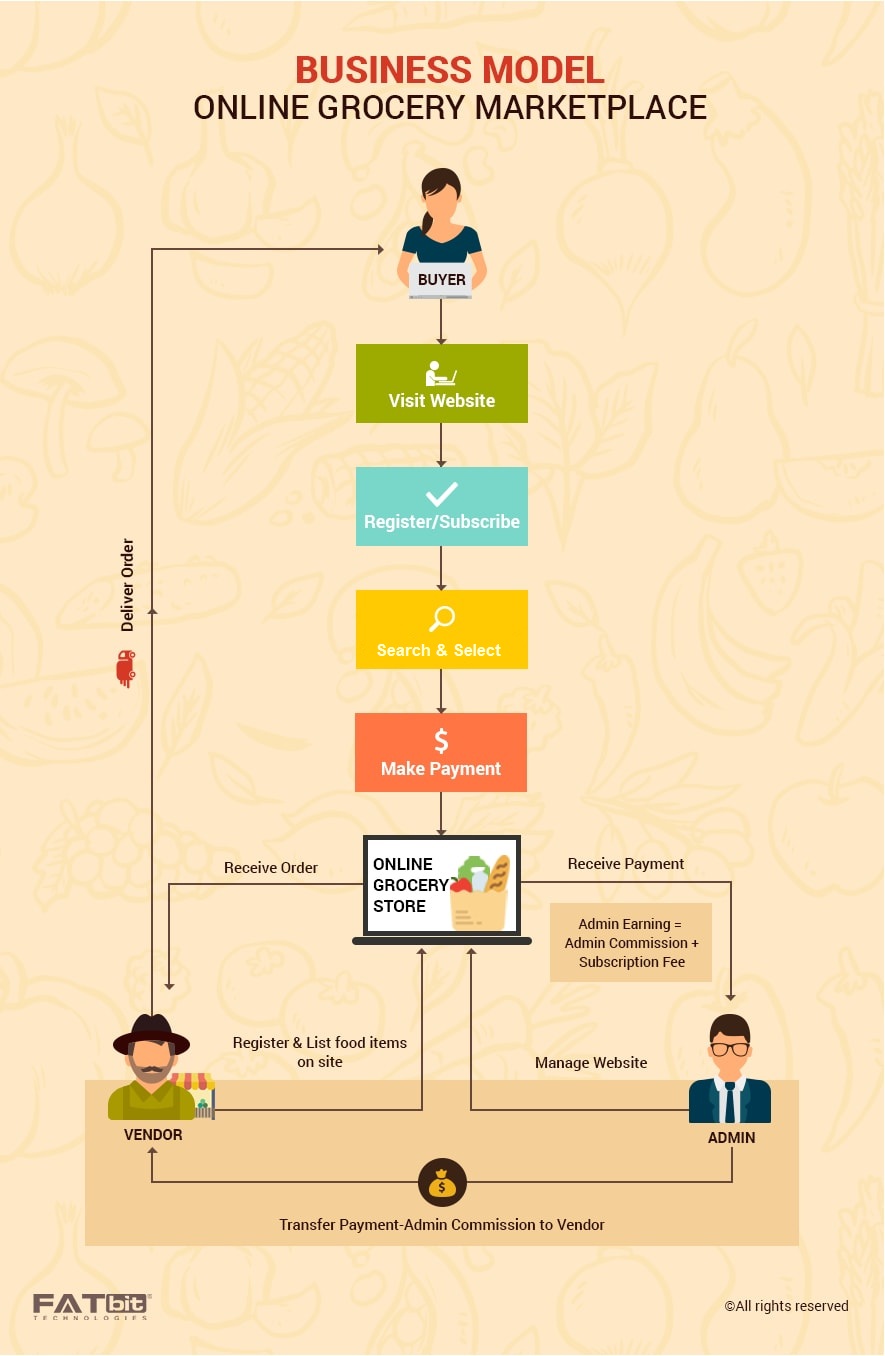 View Canvas Model for Online Grocery Business
View Canvas Model for Online Grocery Business
How Ecommerce Grocery Platform Makes Money? – Revenue Model of Online Grocery Business
Commission
As just explained, the commission-based revenue model is pretty straight forward. However, to accelerate business growth & maximize profit margins you can implement different commission rates for different products. For that, do market research to identify:
- Most popular products
- Growth in the demand for a product
Subscription
Typically, the subscription-based revenue models waive off some charges, provide discounts, or better service to customers over a period of time. For example, Instacart offers a yearly subscription for free 2-hour or scheduled deliveries. Another example, Thrive Market offers a 25-50% discount on all orders with its yearly subscription. Note that you can also use both the commission & subscription-based revenue models at once.
Service Charges
For those online grocers who operate their business independently, (especially brick & mortar grocery sellers who are planning to go online) making money from the service charges is the most viable revenue model. They can also add the subscription-based model as an additional revenue stream.
Secondary Revenue Streams
- On-site promotion for merchants/grocery sellers (applicable for marketplaces only)
- Hosting banners ads
- Start blog and publish sponsored content on it
- Sell useful merchandise such as jars, reusable carry bags, etc. (it will also help you in branding)
- Sell user data to market research firms
Which revenue model & streams will bring you maximum benefit depends on many factors, such as:
- Target market
- Business size
- Budget, age, and popularity of the business, etc.
So, analyze each of these options against your business goals & needs, and choose the ones that suit you the best.
Launch an Online Grocery Website along with Ready-made Mobile Apps
Critical Website Features for Online Grocery Store
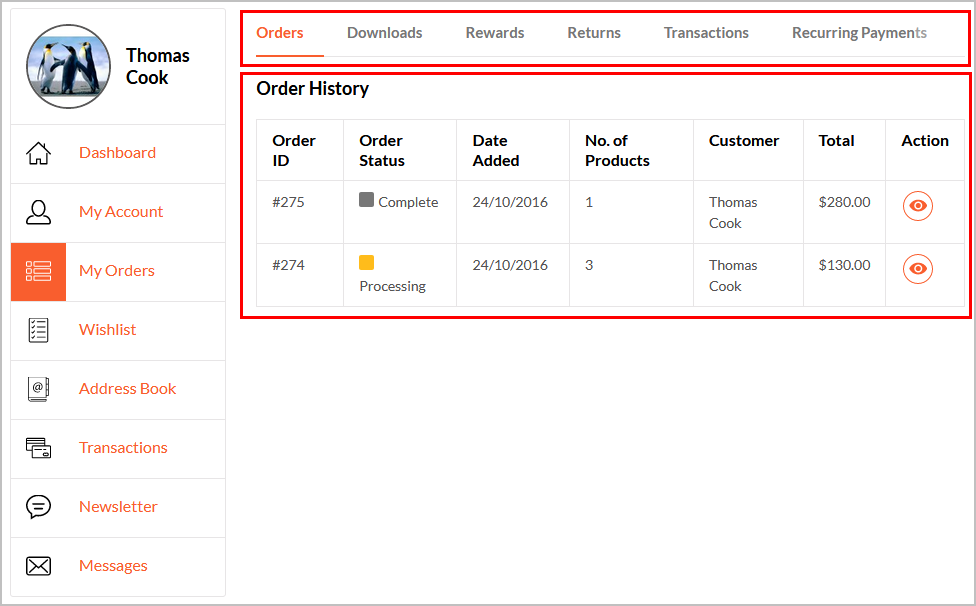
Understanding business requirements & implementing the right revenue model will help you establish your online grocery startup. But it is your website that will help you interact with buyers, engage them, and turn them into loyal customers. So, it is essential that your website is quick to load, easy to use, mobile-friendly, and has the following unique features:
Repeat Orders
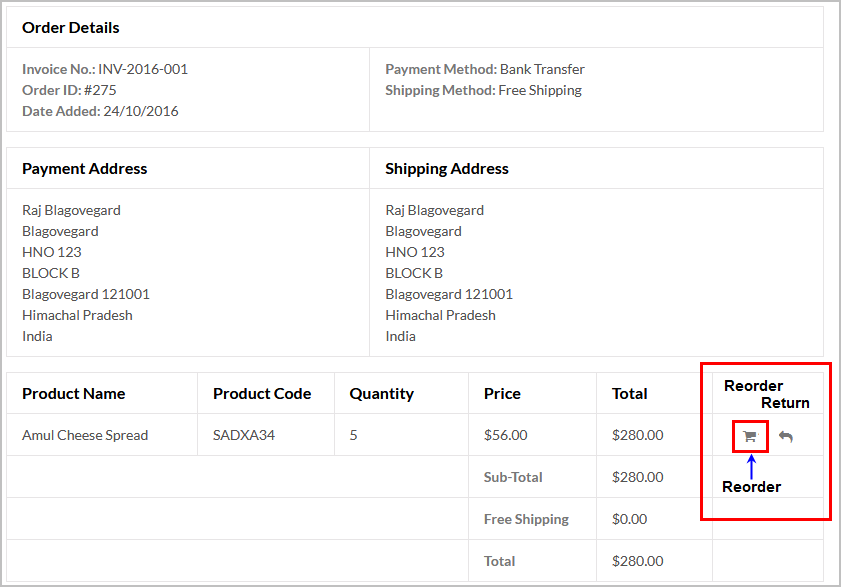
Many a time people take the same grocery items home. Keeping this common consumer behavior in mind, you should provide your customers the option to save an order to their profile, which they can re-order, instead of adding same items to the cart time & again.
Shareable Cart
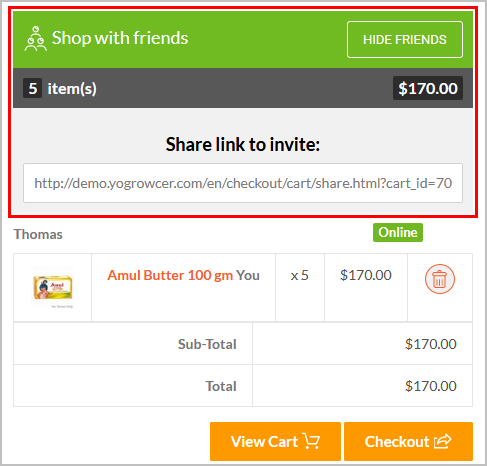
Grocery shopping is often a family activity, in which different members can have different demands. So, it would be quite logical to offer a feature that allows users to share shopping cart with other registered users so that they can add additional products, and get them all delivered in one single order.
Recipes & Ingredient List
This would be like going the extra mile and will be totally worth it. Add some recipe ideas on your website and recommend them on product pages (if the product is one of the ingredients). This will definitely catch customers’ attention and might even engage them to buy more items from you.
Discount Coupons
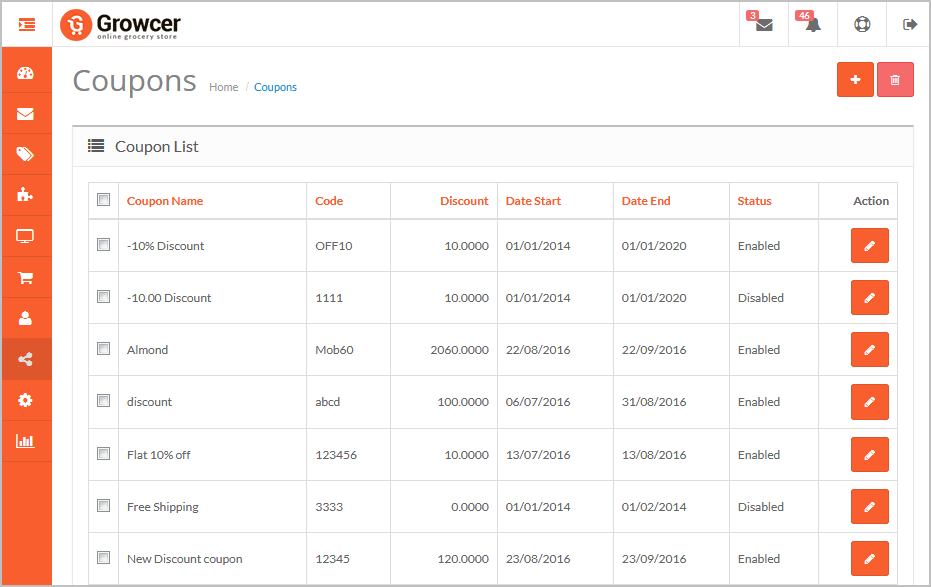
These days, it is a common practice among businesses to send discount coupons to make the most out of seasonal sales. So it is important that your website has the feature to receive & process these discount coupons.
Friend Referral
Offers like providing free first delivery or x% discount to customers who invite their friends to buy from you are becoming a popular practice among online businesses. Not only do they encourage customers to buy more from you, but they also help you keep the customer acquisition cost down.
Shopper Module
In developed eCommerce markets, there is a trend catching up among customers to hire shoppers. These shoppers take the list from customers and do grocery shopping online on their behalf. If you are operating in a market where customers seem inclined to that option, make sure to include it in your website feature list.
Other than these, make sure your online grocery store also have these basic, but critical features & functionalities:
Product Categories: Classify your inventory in proper categories and sub-categories and implement it on your website to make it easier for customers to find the right product.
Search Tool: If customers can’t find what they are looking for by browsing product categories, they should be able to search for it. To enhance customer experience, search tool should have the auto-suggest feature & should be error-tolerant to minor spelling mistakes.
Customer Profile: Like any other eCommerce store, your registered customers should have an account where they keep a record of their orders, save items, save repeat orders, etc.
Merchant Module: If you are opening an online grocery marketplace, then you also need to work on a separate section for merchants (grocery sellers), which allows them to manage their individual inventories, orders, payment, etc.
Social Commerce Features: Features such as sharing products on social media, social signup, or selling directly on Facebook, would also help your business get a good exposure.
SEO Ready: Make sure that your website has all keys features to get easily crawled by search engine bots and to rank better.
Mobile-Friendly: It is certain that most customers will buy from you on mobile. So make sure to enhance your store’s on-the-go purchase experience, whether you make the website responsive, build a separate mobile website, or an app.
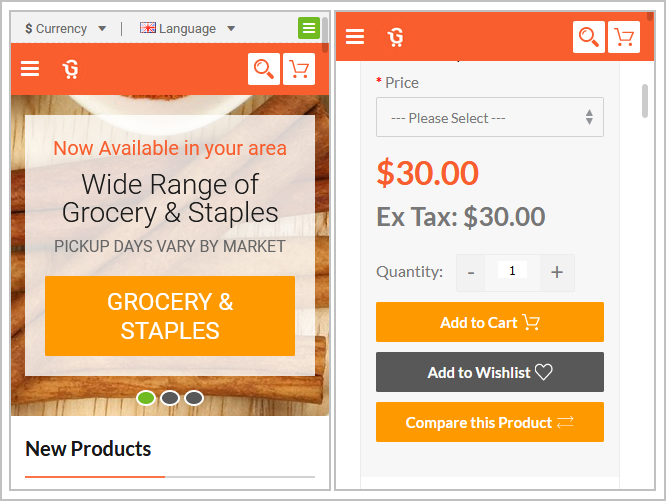
Housing all the above-mentioned features on your online grocery supermarket is a challenge, which definitely will take lots of time, effort, and investment. The best approach to go about this challenge is to build your grocery store with a technology solution (readymade script) that offers most of these features by default and allows you to easily add unique features.
At FATbit Technologies, we have developed a similar product called Growcer that enables entrepreneurs to instantly launch a feature-rich online grocery store. With the freedom to customize a compelling mobile app, it offers everything that a grocery store needs to implement unique functionalities.
Get a readymade, feature-packed online grocery marketplace
Now, let’s discuss the challenges you will face when running an online grocery business and its possible solutions.
Challenges Associated with Online Grocery Business
As mentioned earlier, the unique challenges this business model presents are due to the nature of grocery products, which are either perishable or intended for immediate consumption. Let’s discuss the major ones in detail:
Storage & Delivery Infrastructure
Regular online stores can afford to tackle instances like delays in delivery, wrong item delivery, returns, etc. But for online grocery stores, it will be a pretty much ‘do or die’ situation. Therefore, the entire supply chain – from farms/manufacturers to storehouse & then to the customers – needs to be very robust & time-efficient.
Additionally, since perishable food products need to be stored & delivered in refrigerated chambers, storage infrastructure would add up the business operations cost marginally.
There are certain steps you need to take to combat these challenges. Some of which are:
- Integrate a robust, Just-in-time (JIT) inventory management system API with your grocery store that automates things to reduce storage cost & wastage
- Partner with a reliable delivery service provider that can meet your customers’ expectations with assurance
- Segment the delivery network into hyper-local networks to manage deliveries better & make them faster
Low-Profit Margins & Quality Assurance
Today, people shop online not just for convenience but also because they expect to get better prices. Online grocers face the same challenge of offering competitive pricing. But with too much money spent on building & maintaining the storage infrastructure & efficient supply chain, keeping satisfactory profit margins might become difficult.
Other than that, when it comes to vegetables & fruits, most customers prefer to buy only after physically checking them for their freshness & quality. When shopping online, such an option is not possible. So, to persuade customers to buy groceries online remains a persistent challenge.
There are a bunch of steps you can take to address these problems:
- Add more non-perishable categories to your store, such as packaged foods, personal care & beauty products, household items, etc. as their storage & delivery cost less
- Merge your online & offline grocery business to enhance customer experience and to cut down the operation cost wherever possible. Below we have a breakdown of ways to do it:
- Customer checks products online for availability & buys them at the store after confirming the quality
- Customer orders online & pick up order at the store (both a & b will save the delivery cost)
- Customer visits store & orders online to get groceries conveniently delivered at home
- Self-checkout at stores by using technologies like iBeacon (reduce operation cost & enhance customer experience)
Online grocery marketplaces that don’t have physical stores can launch their offline chains to benefit from the blended online-offline grocery shopping concept.
